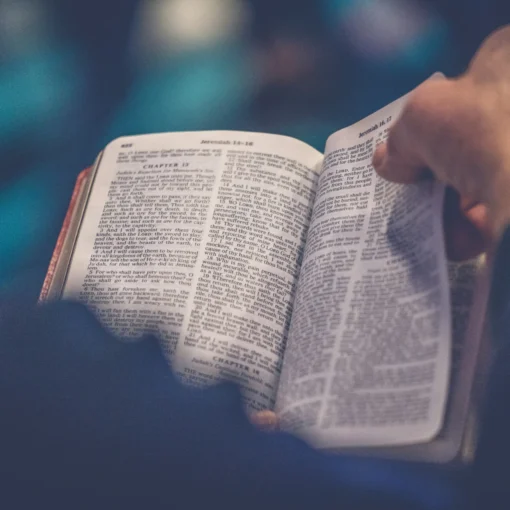Are you looking for an easy way to understand the full Bible in a short amount of time? The Bible is a vast collection of books that can sometimes feel overwhelming, but with a little guidance, you can gain a better understanding of its structure and the internal connections between its books.
The Division of the Bible
The Bible is divided into two main sections: the Old Testament and the New Testament. The Old Testament contains 39 books, while the New Testament consists of 27 books.
The Old Testament is further divided into several categories:
- The Pentateuch: This section includes the first five books of the Bible – Genesis, Exodus, Leviticus, Numbers, and Deuteronomy. These books contain the foundation of the Hebrew faith and provide historical accounts, laws, and teachings.
- The Historical Books: These books, such as Joshua, Judges, and Samuel, narrate the history of the Israelites, including their conquest of the Promised Land, the rise and fall of kings, and the exile.
- The Wisdom Literature: This category includes books like Proverbs, Ecclesiastes, and Job, which offer insights into life, morality, and human nature.
- The Major Prophets: Isaiah, Jeremiah, Ezekiel, and Daniel are considered major prophets. Their writings contain prophecies, warnings, and messages from God to the people of Israel.
- The Minor Prophets: The twelve books from Hosea to Malachi are known as the Minor Prophets. These writings also contain prophetic messages and teachings.
The New Testament can be categorized as follows:
- The Gospels: These books – Matthew, Mark, Luke, and John – narrate the life, teachings, death, and resurrection of Jesus Christ. They provide different perspectives on Jesus’ ministry.
- The Acts of the Apostles: This book, written by Luke, describes the early history of the Christian Church and the spread of the Gospel.
- The Epistles: The New Testament contains 21 letters or epistles written by various apostles, such as Paul, Peter, James, and John. These letters address specific issues, provide guidance, and offer encouragement to early Christian communities.
- The Book of Revelation: This final book of the Bible, written by John, is a prophetic vision of the end times and the ultimate triumph of good over evil.
Internal Connections of the Bible Books
While each book of the Bible can be read and understood on its own, there are also internal connections that weave a cohesive narrative throughout the entire Bible.
One of the most significant connections is the promise of a Messiah or Savior. This promise is first mentioned in the book of Genesis and continues throughout the Old Testament. The New Testament then reveals Jesus Christ as the fulfillment of this promise.
Another connection is the theme of redemption. The Old Testament portrays humanity’s need for redemption due to sin, while the New Testament presents Jesus’ sacrifice on the cross as the ultimate act of redemption.
Additionally, many Old Testament stories and characters foreshadow events and teachings found in the New Testament. For example, the story of Noah’s Ark can be seen as a foreshadowing of baptism, and the Passover in Exodus prefigures the sacrifice of Jesus as the Lamb of God.
Understanding these internal connections can deepen your appreciation for the Bible and help you see the bigger picture of God’s plan for humanity.
While this brief overview provides a starting point for understanding the Bible, it is important to remember that the Bible is a rich and complex text that can be studied and interpreted in various ways. It is always beneficial to engage in further study, seek guidance from trusted sources, and participate in discussions with fellow believers to gain a deeper understanding of the Bible’s teachings.
So, whether you are a beginner or have been studying the Bible for years, take the time to explore its structure and the connections between its books. You may be surprised by the profound insights and wisdom that await you.



